- Spill The T (HC)
- Posts
- Will THC beverages ever match the shelf stability of alcohol?
Will THC beverages ever match the shelf stability of alcohol?

For cannabis beverages to reach true mass adoption, they need to meet alcohol and other social beverages in every characteristic possible:
Flavor
Retail availability
Price
Consistency in dosing/effects
Shelf stability
Most of these things are actively being solved or worked on, but the one thing thats been unclear to me is shelf stability.
If you read the fine print, any cannabis beverage will typically say that after 6-12 months, the liquid will no longer be shelf stable. While that could be due to the flavor or microbial degradation in the beverage, the biggest challenge is remaining potency stability.
Nanoemulsion is the technology that makes THC and CBD water-compatible, ensuring the cannabinoids stay evenly dispersed so every sip delivers a consistent dose. But creating a truly stable beverage goes beyond just the emulsion. Packaging, ingredient interactions, manufacturing quality, testing lab reliability, and even distribution conditions all play a big role. When brands are diligent across the whole supply chain, a 12-month shelf life is realistic but much beyond that, consistency can’t be guaranteed.
As this market evolves I have to image potency shelf life stability might be a pain point for customers, especially for those buying spirit bottle. So is this just a pipe dream, or is extending shelf life actually within the realm of possibility?
To find out, I talked to the two smartest people I know in cannabis emulsion science: Scott Riefler, and Harold Han.
Why Shelf Life is a Bigger Problem for THC Beverages Than Alcohol
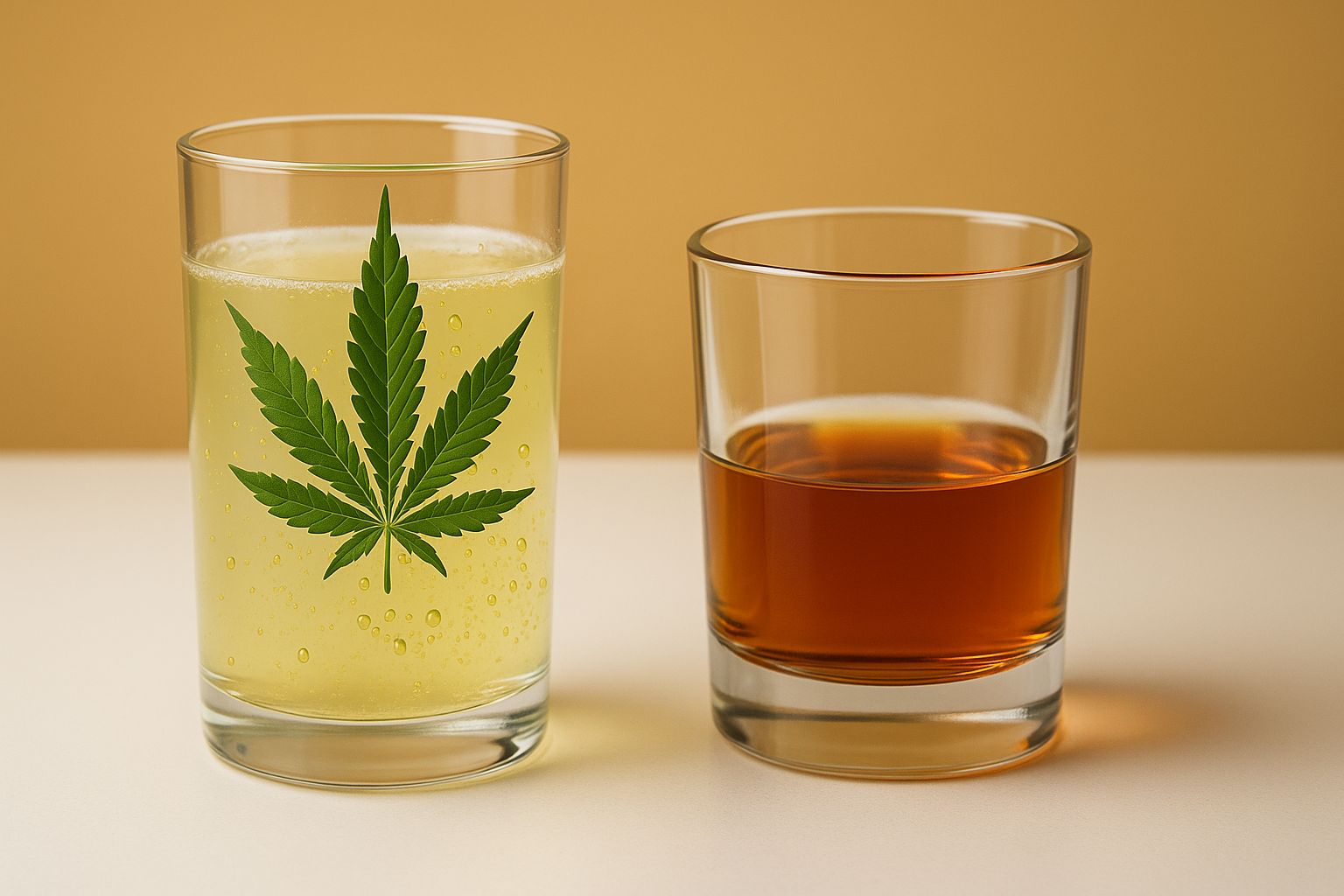
Unlike ethanol in alcohol, which is chemically and physically inert, THC is an active molecule and is finicky; it can be prone to potency loss both through physical binding to packaging material and chemical degradation via oxidation (Han).
Riefler confirmed this as well, saying “The elephant in the room is that THC is not stable, THC slowly deteriorates over time in almost any format.” THC in water-based beverages is inherently less table than in flower or oil form, and degrades more rapidly (Riefler). While many are stable, such as CBD, other cannabinoids can share this similar trait of instability, each degrading at differing rates. This can and should be addressed within the emulsion composition.
Consumer perception is the biggest issue at the moment, as the public is used to the longevity of alcohol and other shelf products, so shorter shelf life in cannabis drinks can feel like a flaw if not properly communicated (Riefler).
Dual Stability Challenges: Physical Emulsion Integrity vs Chemical Cannabinoid Stability
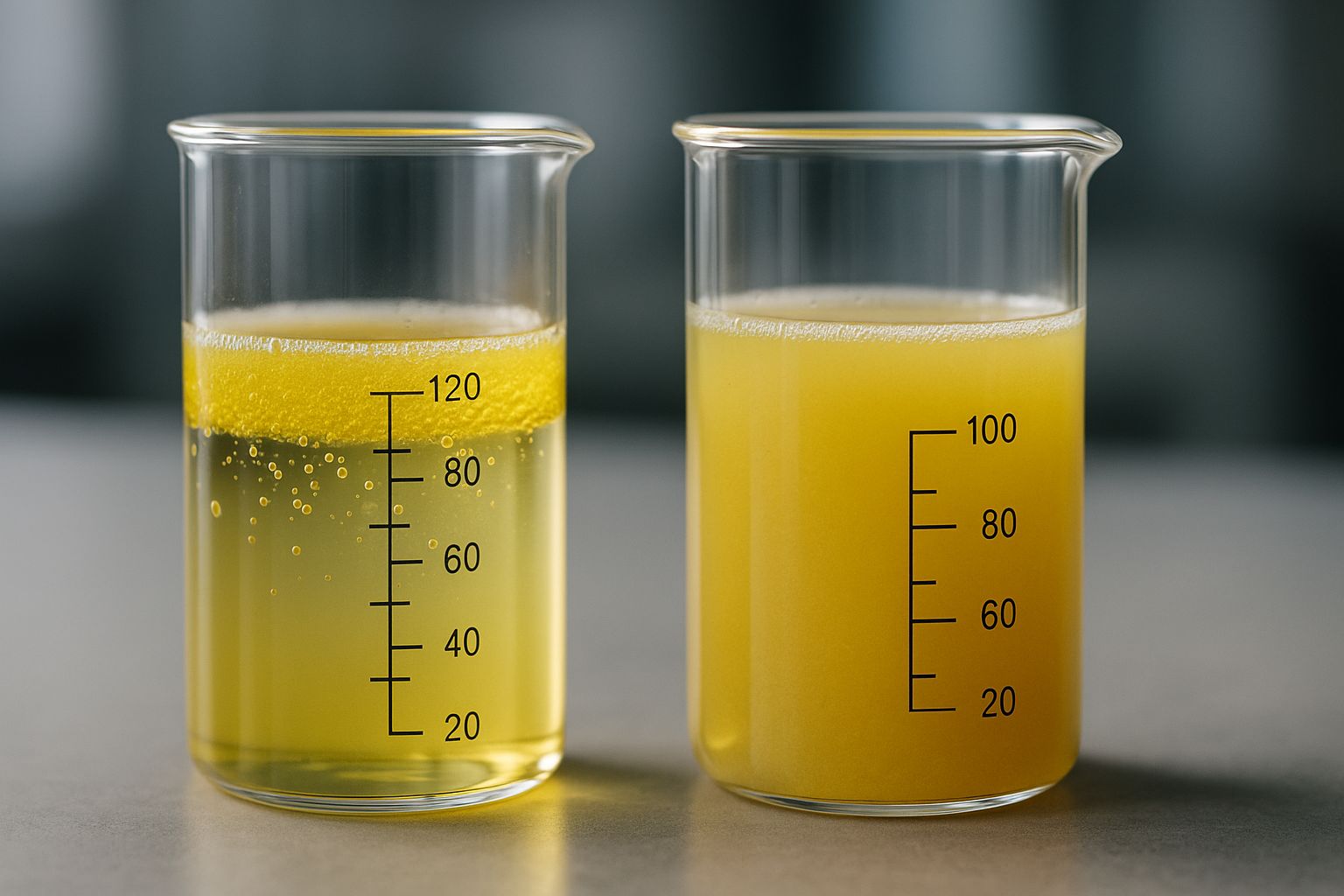
People often forget that an emulsion, by definition, always tend to separate over time (Riefler, Han). Oils will tend to separate, combine, and float to the surface of water systems. To avoid this separation, emulsion systems must be properly formulated to maintain their micro-sized oil droplets, which is a key marker of emulsion stability. Droplet size growth above 10-20% signals breakdown and eventual oiling out. The modes of failure include separation, flocculation, creaming, coalescence, and oiling out (Riefler).
Many current products on the market achieve initial stability but fail within weeks or months, and are not properly monitored after launch.
Even in a physically stable emulsion, THC potency can slowly decline through oxidation, light exposure, pH shifts, or heat (Han). This is an area that needs to be more carefully regulated and coupled with consumer education insure consumer expectations are met (Riefler).
Environmental & Formulation Stressors That Accelerate Degradation
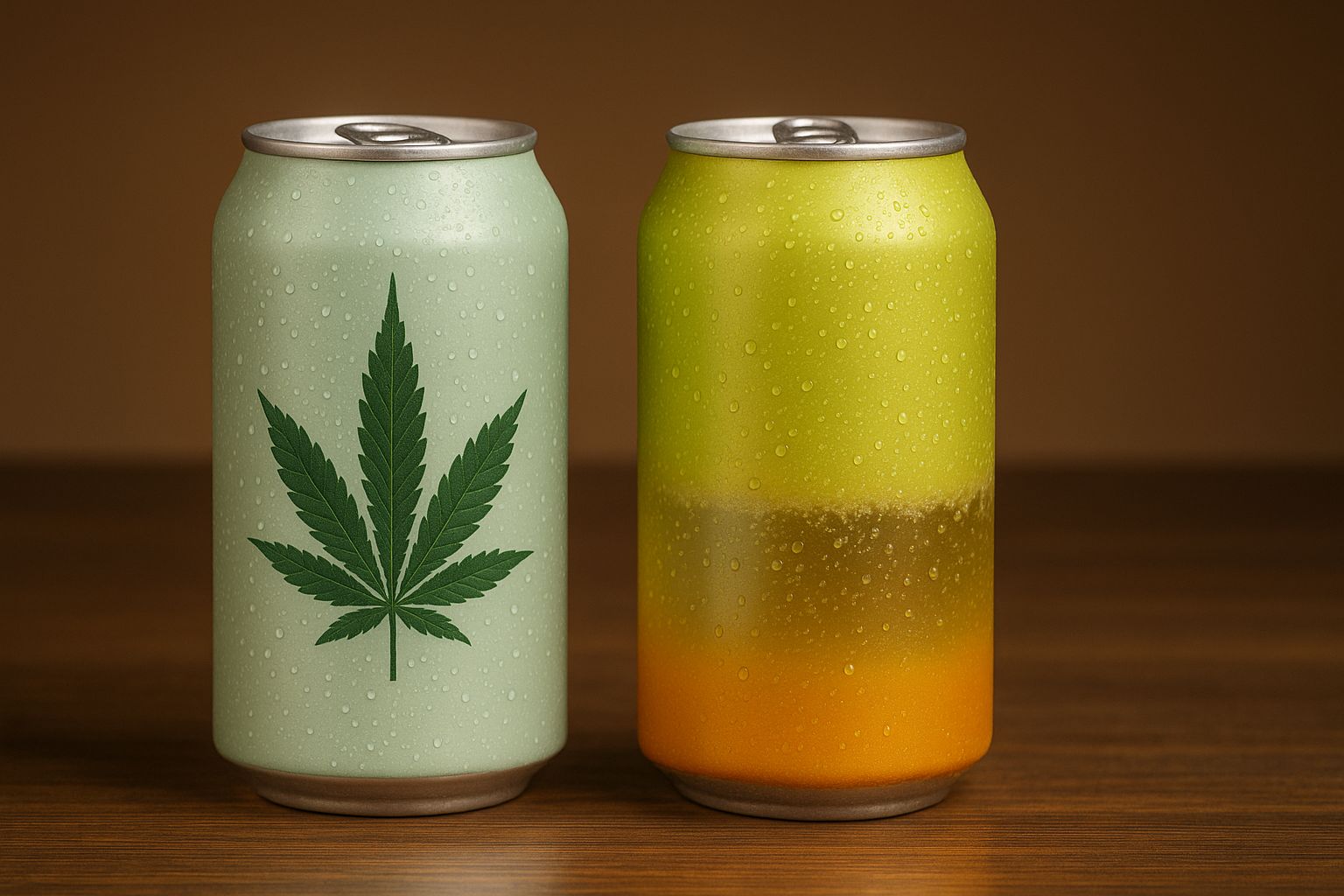
There are a few key factors that can increase the rate of emulsion degradation:
Oxygen: The single biggest enemy to potency and flavor. High-end beer benchmarks aim for dissolved oxygen <100 ppb, and cannabis beverages should aim for the same (Han).
Input material quality: Distillates below 70-80% cannabinoids or high in solvents or unknown compounds lose stability faster and undermine emulsion performance (Riefler). Riefler highlighted THCv, for example, is inherently unstable and degrades quickly in the presence of oxygen. Sorse is actively developing approaches which provide the stability necessary for beverage applications.
Extraction method: Pure isolates, broad spectrum extracts, live rosin, and synthetic THC all have different stability profiles (Han). This highlights the importance of working with a science partner who actually understands the difference between these and how they might effect your product.
Extending Shelf Life: Where Innovation is Needed
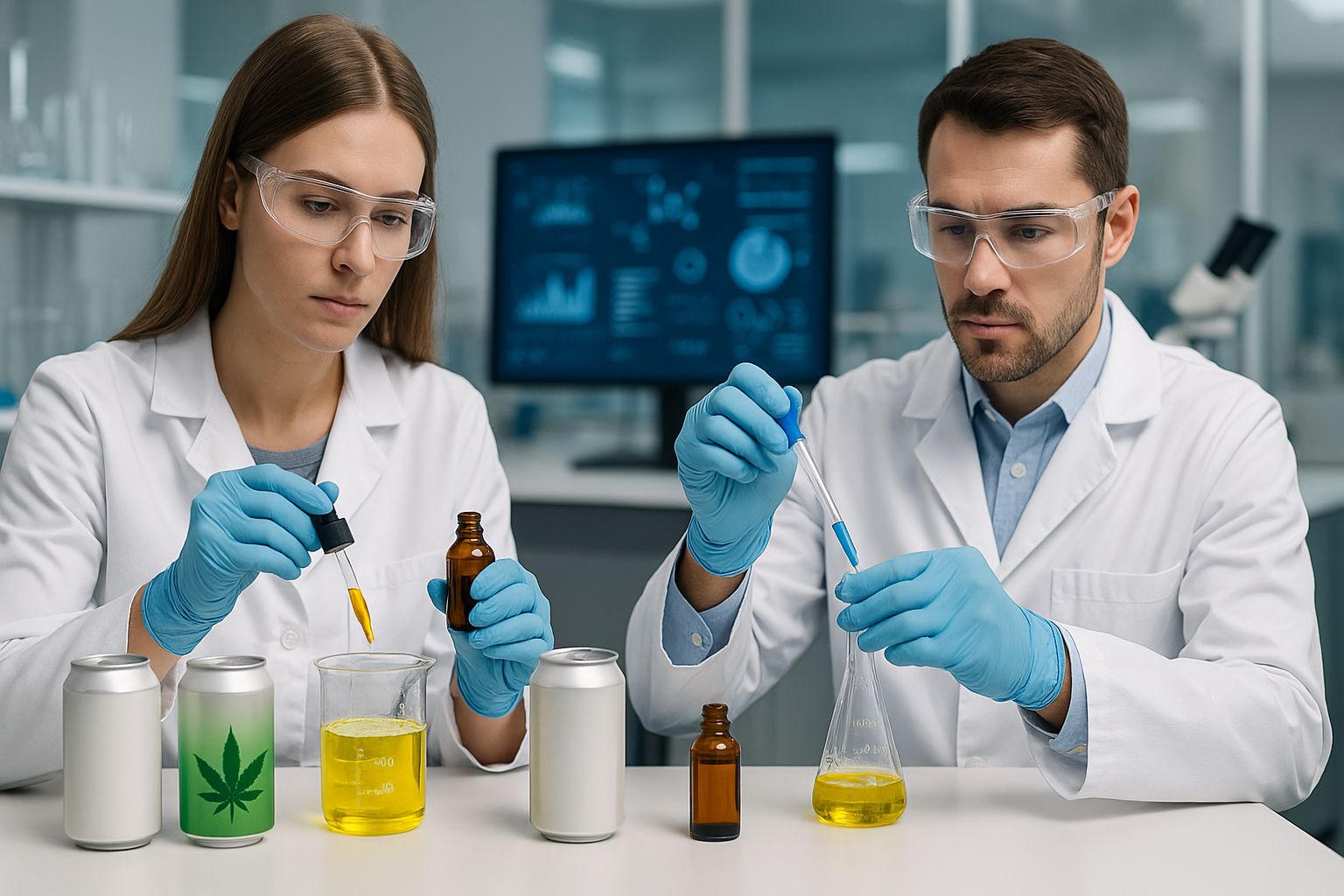
The biggest long term challenge is THC stabilization, and we need to consider steps along the whole supply chain to maintain its stability.(Han). There are an array of opportunities within the innovation front, including more stable emulsification systems, better antioxidant strategies or chemicals that could retard degradation, packaging innovation, and precise control of emulsion particle size/charge (Riefler).
Another opportunity is to leverage cross industry learnings. Cosmetics, pharma, and mainstream beverage sectors have deep learnings in emulsion science experience, but proprietary barriers limit cannabis industry access (Han).
Better regulation will set appropriate shel life expectation and also motivate people to find better & more stable solutions. Regulatory driven standards from ASTM or USP could push brands to collect stability data and set minimum quality baselines.
Why Shelf Life is an Important Industry-Wide Issue to Solve
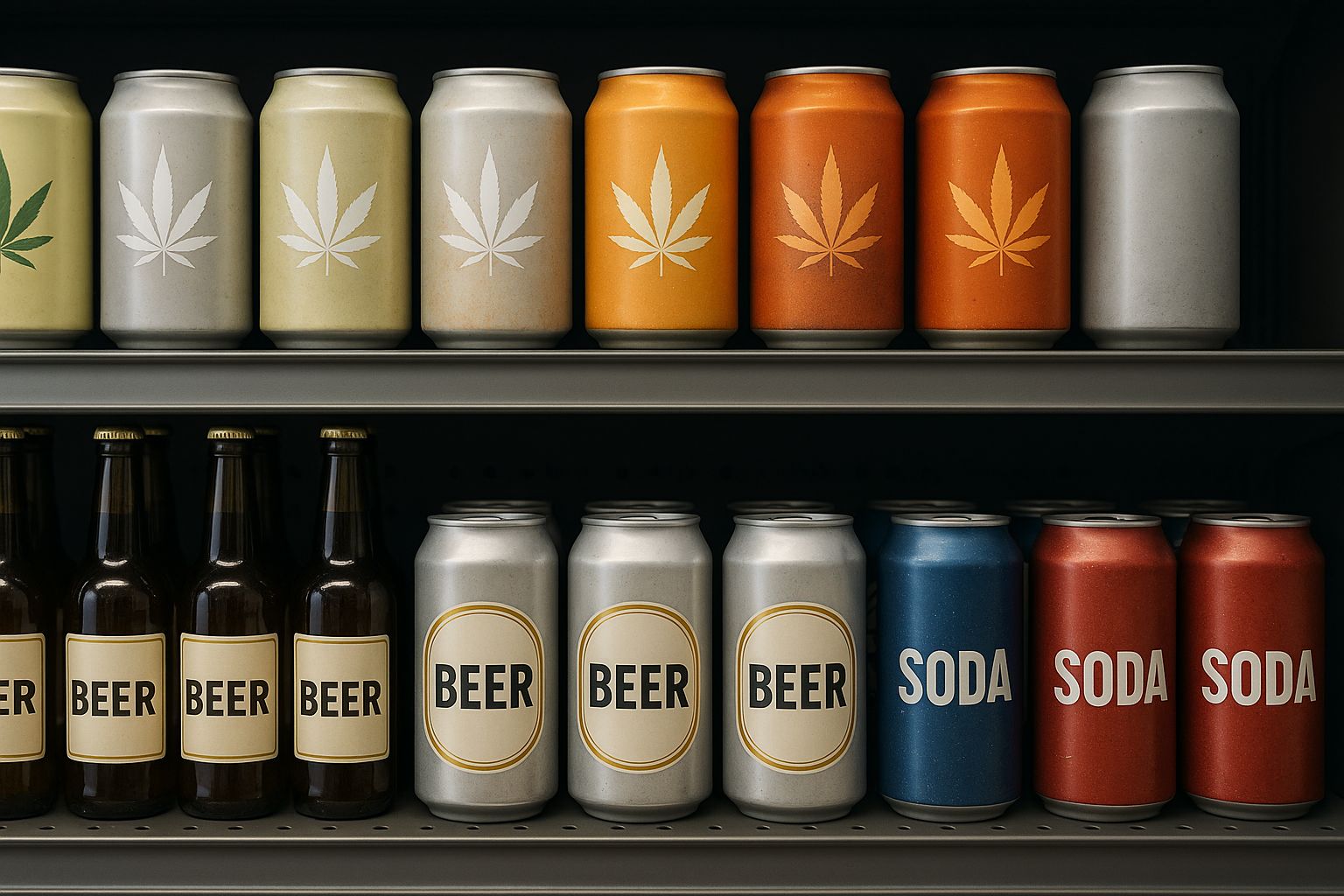
The most obvious answer is that short shelf life impacts distribution, retail rotation, and consumer trust. Cannabis beverages are still fighting for shelf space, and stability issues can erode retailer confidence and stunt category growth (Riefler).
Economic pressures often lead brands to cut corners on emulsion and input quality, which sacrifice long term stability for short term savings (Riefler). It’s important to recognize that emulsions are not created equally and are not just another ingredient in the supply, it is the core delivery system for the effect of your product.
When evaluating an emulsion solution, don’t just price shop, don’t try and do it yourself, and be wary of anyone who has a “proprietary solution” that they refuse to explain to you. You want a partner that has many years of experience, data to back up stability and homogeneity, and insight into any necessary tweaks required for your specific product.